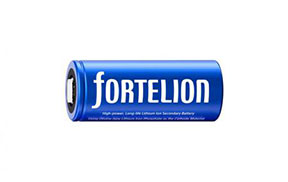FORTELION Battery System
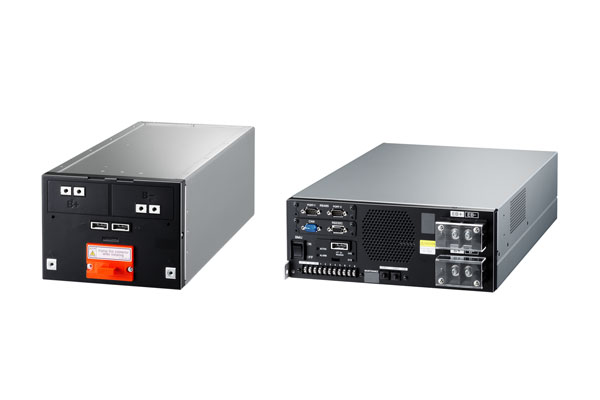
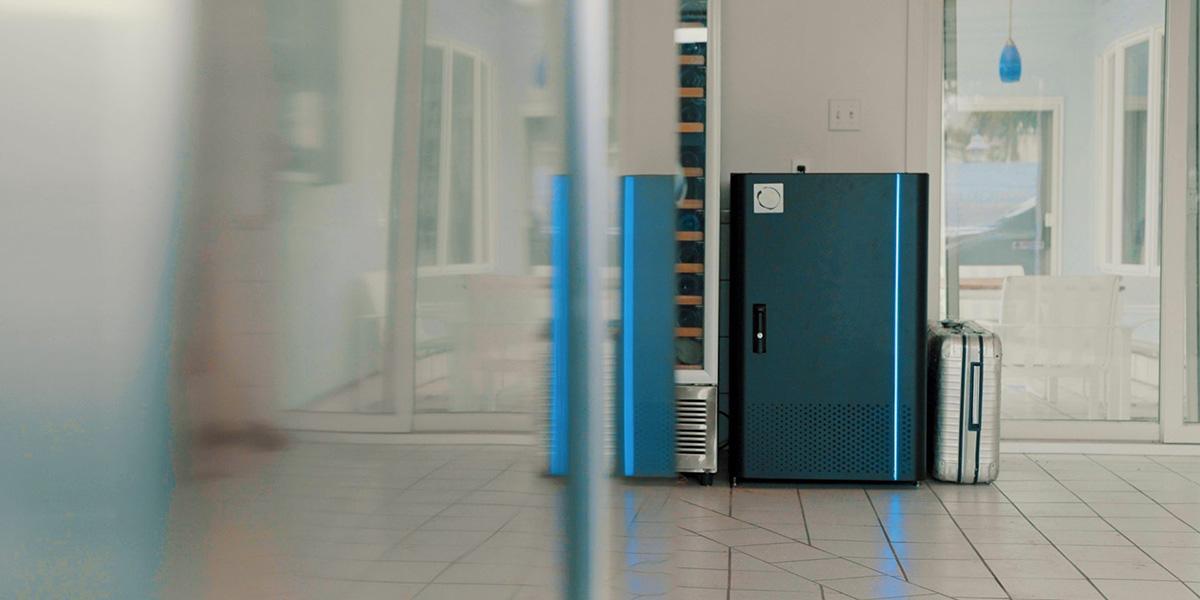
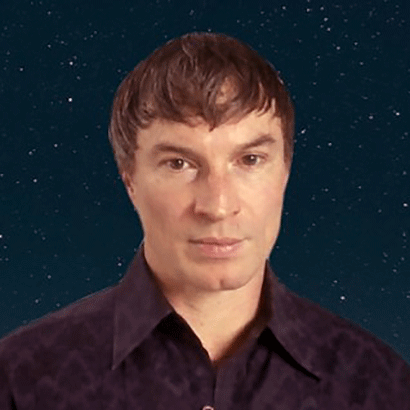
About Christopher Johnson:
Christopher Johnson is the COO of Blue Planet Energy. A social enterprise leader with international experience, Chris got his entrepreneurial start nearly two decades ago running the first B Corporation in Georgia, a technology consulting company building software to improve communication and collaboration for the most innovative, fast-growing nonprofits and businesses. Over 20 years, he has built an extensive background in both science and sustainability. In 2017, he shifted his focus to product solutions to address the climate crisis and started working for Blue Planet Energy. He has helped position the company as a leader in clean energy microgrids. As a frequent public speaker, he enjoys the chance to share stories, teach, and build the movement for a better world. Christopher has lived on five continents, speaks Spanish, and currently lives in San Francisco with his family, including his son who inspires him every day.

Q: What is the purpose and mission of Blue Planet Energy?
Christopher: Blue Planet’s mission is to enable and inspire humanity to achieve 100% renewable energy by or before 2045. We’re really looking at providing the information, systems, and solutions to make renewable energy a better alternative than burning fossil fuels. That means renewable energy has to be cheaper and more reliable. It has to be safe and readily available. That’s what we’ve been focusing on for the last few years. We want to make the best possible solutions and educate the industry. Batteries were identified as essential to renewable energy adoption, but it’s not just about batteries. We’ve trained thousands of people on how to integrate energy storage into renewable projects, and we’ve become a reliable partner to ensure that these technologies can be adopted and deployed around the world.
Q: Blue Planet Energy makes energy storage systems for microgrids. Could you explain what microgrids are and why they are important for the future?
Christopher: There has been a lot of talk about renewables, like solar and wind. However, the grid has a hard time dealing with intermittent power. Sometimes, the sun is out. Sometimes, the wind is blowing. Sometimes, they’re not. We need electricity to be there when we need it, not just when the sun is shining. In places where there has been a lot of solar adoption, there are many users that have no battery storage. Many people don’t realize that when the electrical grid goes down, solar power without battery storage doesn’t work. That’s counterintuitive, as the sun is still shining, but they can’t get any power from their system. Having battery storage and a microgrid is an answer to the need for resilience. We need to do more than just decarbonize. Of course, we need climate mitigation to stop digging the hole by putting out carbon emissions. However, we also need to deal with climate adaptation. Storms and fires and weather are disrupting power grids more and more often. We have to be ready to adapt to these growing problems. Microgrids allow us to bring clean energy and resilience into the solution. To create a microgrid, you need to be able to “island,” or separate a system, from the larger power grid. It’s basically creating a switch so that a house or a business or a neighborhood can disconnect from the larger grid. Then that “island” can be powered in a way that’s safe and balanced on its own microgrid.
Q: What is the size of a microgrid? Can a microgrid be for a single house or a neighborhood?
Christopher: Many people get caught up on the precise definition of what makes a microgrid. They’ll call a house a “nanogrid” and things like that. I tend to not get caught up in the terminology. If you can “island” a building or structure, and you have multiple sources of energy, then you can have a microgrid. We’ve seen it done at a neighborhood and community level. In the U.S., we have a lot of regulations involving the utility companies that make this legally difficult, but it’s not technically challenging. It’s just legally challenging. Increasingly, we’ve been working on building resilience for critical infrastructure. In Puerto Rico, we have many projects that have been done in the rebuilding efforts after Hurricane Maria to create resilience and microgrids for emergency shelters, community water pumping systems, hospitals, medical clinics, etc.
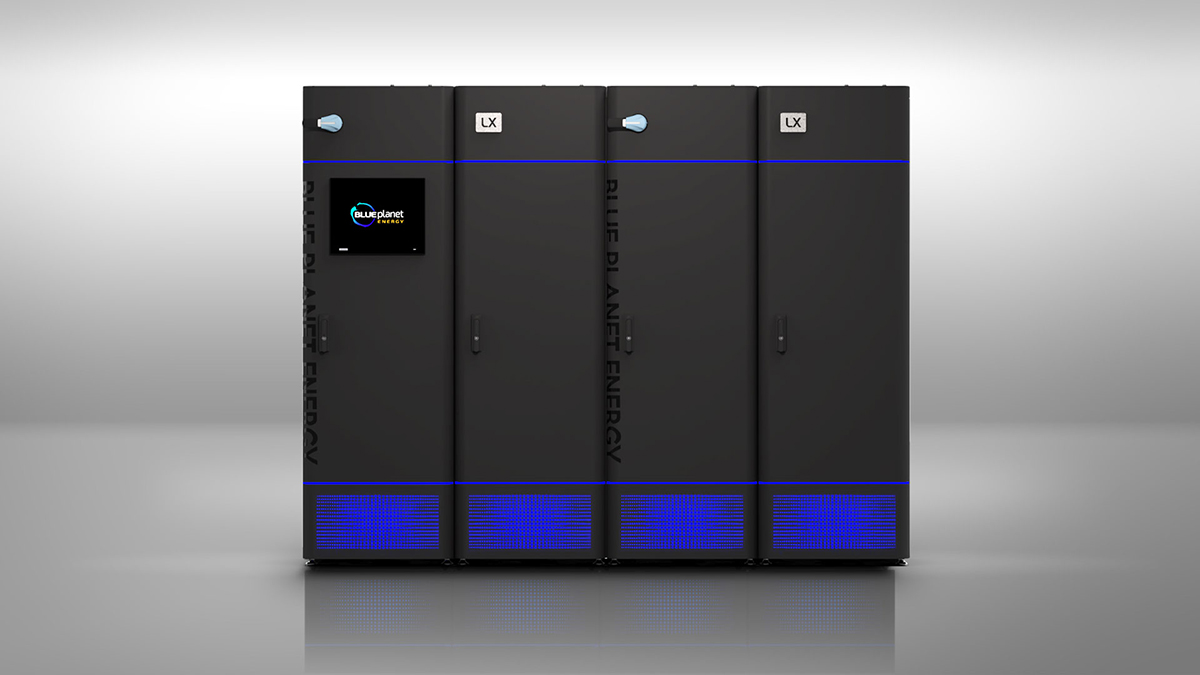
Q: Blue Planet Energy has been known as a provider of advanced energy storage systems. What is the Blue Ion Series? What are its special features?
Christopher: Batteries are really important, but you also need a way to get power out of the batteries and convert it into a usable form. The conversion to AC power is important. Then you also need the software and controls to manage and balance everything as well as to monitor it. All of those things together, we call an “energy storage system.” It’s the combination of these things that becomes the heart of a microgrid. Blue Ion is really the premium energy storage solution on the market today. It’s really about enabling grid independence or energy independence. It has to be reliable. It has to be safe. It has to last a long time. It has to be there when you need it. We’re also known for creating robust systems. A lot of people set up energy storage as an occasional backup option, where you may only need it from time to time. That’s not how most of our customers are using our systems. They’re using it every day. It has to be there to serve their critical needs.
Q: How have your products and business evolved over the years?
Christopher: Henk Rogers, the founder of Blue Planet Energy, was actually our first customer. He’s is a visionary, so he is always pushing the limits and asking for more. His home in Honolulu has our first-generation product. I have our second-generation product in my home. We’re absolutely using this technology. We’re now on our third-generation product as well as providing products for commercial use. We realized that one of the things people really like about our systems is their scalability. With Henk’s background in Tetris, he likes things to fit together nicely. You can really stack our systems together to create customized solutions. We’ve rolled this out on our smaller and larger products, and we’ve now added a commercial financing solution. This takes away the upfront cost barrier for businesses, organizations, non-profits, governmental groups to install and use clean energy microgrids. We can finance the entire project — the solar panels, the installation, and the energy storage system. We’ve rolled that out in California and Hawaii. We’ve established ourselves as being a provider of robust and reliable solutions. On top of that, we’ve added the ability to have “smarts.” It’s important for customers to know what’s going on with their systems. Our solutions provide proactive monitoring to make sure the systems are healthy. Is there enough solar? Is there enough battery storage? We can actually recommend ways that the installers and customers can enhance and change their systems. We’re also monitoring our impact, and we’re proud that we’ve been able to decarbonize energy through the thousands of systems that we’ve deployed.
Q: The Blue Ion Series uses Murata’s batteries from the FORTELION series. What has your experience been working with Murata?
Christopher: It takes a lot of work to bring a product like Blue Ion to market. Our company is built upon relationships. Our relationship with Murata allows for the kind of collaboration that ensures reliability for us and for our customers. There’s a warranty that Murata really stands behind. There are a lot of products out there on the market today where you don’t really get what’s promised on the marketing sheets. In our experience working with Murata, there has been a lot of integrity and a lot of collaboration. That relationship has really made it possible to develop these products together. I have been to Murata’s factory in Fukushima and also Murata’s factory in Singapore. I know that Murata has the ability to create more lines and increase production capacity going forward. I’m also really pleased to see that Murata has made a real commitment around its own clean energy. We all need to be doing what we can, and there’s a lot of learning in that process.
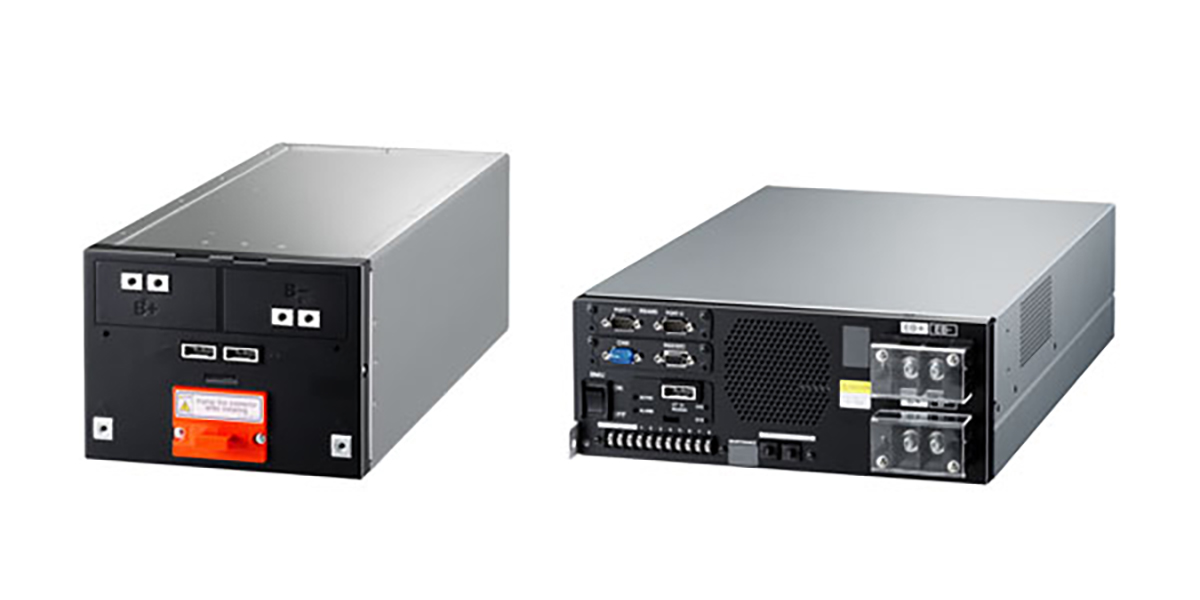
Q: How and where Blue Ion Series have been utilized?
Christopher: We have a wide range of customers. Our footprint extends from the Hawaiian Islands to the Caribbean and from Canada to Central America. About half of our customers are residential, and half are businesses. Everything from a tiny home to a large ranch or a resort complex. It’s a really diverse group, but we basically have two kinds of customers. One kind is the customer who is going to live with this system for the rest of their life. They like the longevity and long-lasting quality. They like the safety, the ease of use, and the idea that they don’t have to do anything. It simply works, and it’s going to last for a long time. The other kind is our installing partners. They’re the ones who are going to integrate these systems with the solar panels and get everything into the ground. We’ve done a lot of work to make sure that these systems are easy to integrate. Energy storage is just one part of it. Usually, people are putting together more than one system. They might be getting solar panels, but they might also be getting a generator to back that up. The way we make the hardware and software and the physical integration easy, that’s key for our partners to go in and put different systems together quickly and do quality work.
Christopher: Here are some actual case studies. For instance, Kona Rainforest Coffee is part of a prominent off-grid market on the island of Hawaii. This coffee operation has a number of high-powered machines that they run. This is a good and challenging case for us. Batteries need to charge quickly from the solar panels and keep everything running all day. I think this could become a really powerful showcase for us, as a kind of an eco-tourist destination. People could come and experience the coffee and see the clean energy system in action. It’s vital for us to be able to tell people about these systems and show that they are functional and available today. People can see for themselves that these systems make sense.
For more information on this case study
(Blue Planet Energy's website will open.)
Christopher: There have also been cases where the system has been utilized in times of disaster.In Puerto Rico, we worked with over 100 schools in the Red Cross’s “Solar Schools” Project. Every one of these schools serves as an emergency shelter. They’re all over the island. However, most schools in this network will experience at least a brief power outage almost every day as the electrical grid in Puerto Rico has numerous problems. Even when it’s not storming, power outages are a common occurrence. Some of these power outages last much longer. All communities need resilient places. The Red Cross realized that even though they had supplies at emergency shelters, they didn’t have any backup energy resources. Now our systems are saving the schools money on electricity as solar generates free and clean power. Henk and I were in Puerto Rico visiting one of the schools. We were in the battery room doing an interview. In the middle of that interview, the power went out, so we got to see the system in action.
For more information on this case study
(Blue Planet Energy's website will open.)

Q: What are your future plans for the company? What are the new goals?
Christopher: We’re just at the tip of the iceberg. For us, we are in this evolution where we started in the off-grid market where it’s always a demanding and challenging use case. We’ve established a really strong brand in the energy storage market. With these resilience and rebuilding projects, we have moved into new microgrid and resilience markets. We see these markets continuing to open and grow. Grid-connected markets are beginning to see the value of energy storage and how it can make those markets even more functional. A lot needs to happen to decarbonize the electrical grid. In the next 15 years, we need to do 1,000 times all the energy storage system deployments that we’ve done to date. It’s a huge undertaking. It will be about 9,000 GWh of energy storage. There’s a tremendous need to get localized energy resources out there. The market is just beginning to wake up to the value of energy storage for the grid. We’ve only reached a tiny percentage of people with this technology. It’s a matter of making things more affordable, more accessible, and more widely available. We are going to continue to be a great technical partner for installers and to create amazing experiences for our customers.

Source of inserted image
Top image https://www.blueplanetenergy.com/solar-builder-selects-30-of-our-favorite-solar-products-from-2021/

